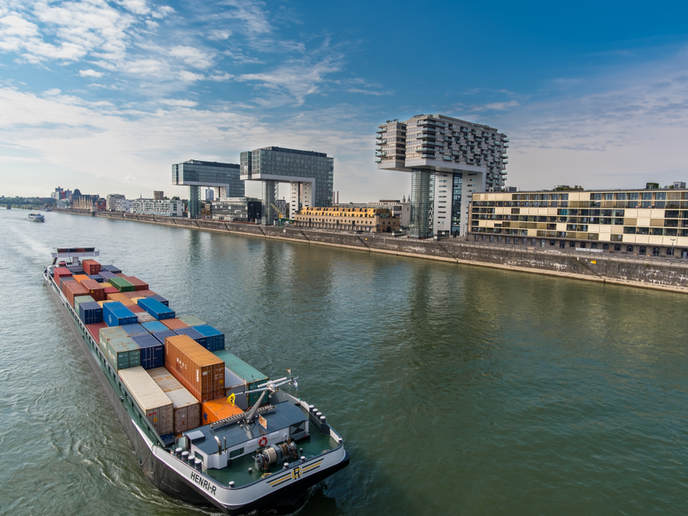Putting the zero back into waterborne transport emissions
The current prognosis for Europe’s waterborne transport greenhouse gas (GHG) emissions is poor. Already representing around 13 % of overall transport emissions, waterborne transport emissions are expected to increase rapidly by 50 % to 250 % by 2050 if no steps are taken towards decarbonisation. To play a part in reversing this trend, the EU-funded Current Direct project is introducing swappable containerised batteries in electric-powered vessels. Specially engineered for waterborne transport, the lithium-ion batteries will help to substantially reduce both costs and GHG emissions. With this novel technology, the need for shore charging points is eliminated. Instead, ships can stop at one of the battery swapping stations and quickly replace the depleted batteries with previously charged ones, speeding up their departure. The swappable battery containers will be able to provide up to 1 MW of power and at least 3 MW hours of energy, offering a clean energy source that will make long-distance zero-emission voyages possible.
Planning vessel battery needs
To help ship owners, operators and charterers plan their voyage’s battery needs, Current Direct has now launched a Voyage Energy Planner. This helpful tool provides a zero-emission battery-swapping plan for few key inland waterway vessels based on specific vessel and journey parameters. The Planner uses these parameters to estimate the number of swappable battery containers and swapping operations needed for an absolute zero-emission voyage. “The Planner provides a selection from several ‘generic’ power profiles that provide simplified % power vs % time journeys along the Rhine Corridor. The resulting Energy Plan provides the indicative energy needs of inland waterway vessels and fleets and can assist owners to commence planning for the transition to a zero-emission solution based on swappable battery container technology,” reports a news item posted on the project website.
Energy as a service
Another focus of Current Direct is the development of an energy-as-a-service (EaaS) platform in an operational environment in the Port of Rotterdam to help unlock new business models. As stated on the project website, the EaaS platform is being “developed as a resilient management approach of the waterborne battery swapping network.” The platform takes into account aspects such as location planning (namely, how many battery swapping systems of what size to build, and where to build them). Others include the deployment of chargers and reserve batteries, revenue management methods and charging strategies, the aim being to offer vessel owners and operators profitable and sustainable swapping services. Through these strategies, Current Direct (CURRENT DIRECT – Swappable Container Waterborne Transport Battery) aims to cut GHG emissions in Europe’s marine transport sector and trigger investments in this and the battery energy storage sector. Further goals include a 50 % reduction in the total lifetime cost of waterborne transport batteries and a 300 % increase in the installed energy of containerised energy storage systems. The project ends in December 2023. For more information, please see: Current Direct project website
Keywords
Current Direct, energy, battery, swappable battery container, waterborne transport, zero-emission, emissions, greenhouse gas emissions, waterway, ship



